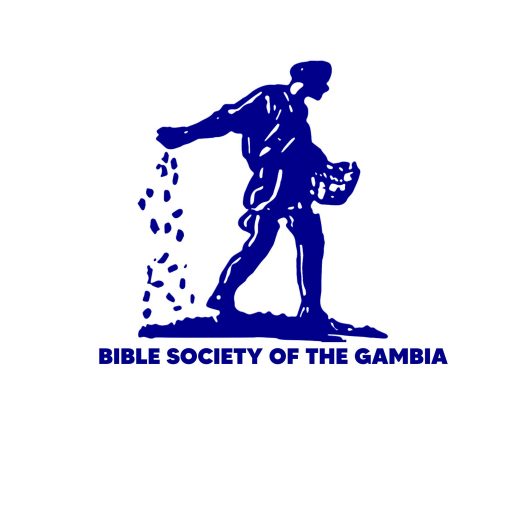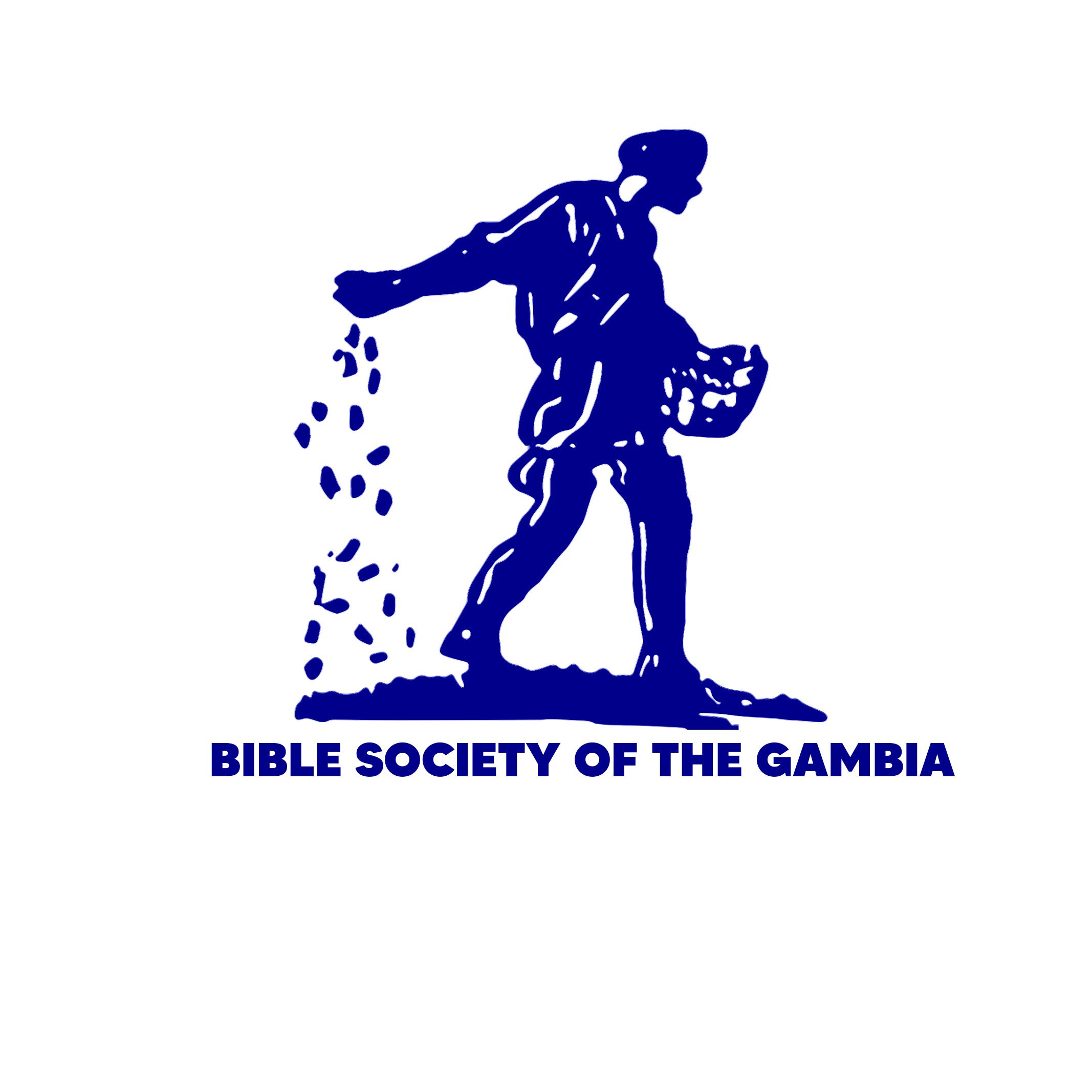Passover Is Celebrated
(2 Kings 23.21-23)1 Josiah commanded that Passover be celebrated in Jerusalem to honor the Lord. So, on the fourteenth day of the first month, the lambs were killed for the Passover celebration.
2 On that day, Josiah made sure the priests knew what duties they were to do in the temple. 3 He called together the Levites who served the Lord and who taught the people his laws, and he said:
No longer will you have to carry the sacred chest from place to place. It will stay in the temple built by King Solomon son of David, where you will serve the Lord and his people Israel. 4 Get ready to do the work that David and Solomon assigned to you, according to your clans. 5 Divide yourselves into groups, then arrange yourselves throughout the temple so that each family of worshipers will be able to get help from one of you. 6 When the people bring you their Passover lamb, you must kill it and prepare it to be sacrificed to the Lord. Make sure the people celebrate according to the instructions that the Lord gave Moses, and don't do anything to make yourselves unclean and unacceptable.
7 Josiah donated 30,000 sheep and goats, and 3,000 bulls from his own flocks and herds for the people to offer as sacrifices. 8 Josiah's officials also voluntarily gave some of their animals to the people, the priests, and the Levites as sacrifices. Hilkiah, Zechariah, and Jehiel, who were the officials in charge of the temple, gave the priests 2,600 sheep and lambs and 300 bulls to sacrifice during the Passover celebration. 9 Conaniah, his two brothers Shemaiah and Nethanel, as well as Hashabiah, Jeiel, and Jozabad were leaders of the Levites, and they gave the other Levites 5,000 sheep and goats, and 500 bulls to offer as sacrifices.
10 When everything was ready to celebrate Passover, the priests and the Levites stood where Josiah had told them. 11 Then the Levites killed and skinned the Passover lambs, and they handed some of the blood to the priests, who splattered it on the altar. 12 The Levites set aside the parts of the animal that the worshipers needed for their sacrifices to please the Lord, just as the Law of Moses required. They also did the same thing with the bulls. 13 They sacrificed the Passover animals on the altar and boiled the meat for the other offerings in pots, kettles, and pans. Then they quickly handed the meat to the people so they could eat it.
14 All day long, the priests were busy offering sacrifices and burning the animals' fat on the altar. And when everyone had finished, the Levites prepared Passover animals for themselves and for the priests.
15 During the celebration some of the Levites prepared Passover animals for the musicians and the guards, so that the Levite musicians would not have to leave their places, which had been assigned to them according to the instructions of David, Asaph, Heman, and Jeduthun the king's prophet. Even the guards at the temple gates did not have to leave their posts.
16 So on that day, Passover was celebrated to honor the Lord, and sacrifices were offered on the altar to him, just as Josiah had commanded. 17 The worshipers then celebrated the Festival of Thin Bread for the next seven days.
18 People from Jerusalem and from towns all over Judah and Israel were there. Passover had not been observed like this since the days of Samuel the prophet. In fact, this was the greatest Passover celebration in Israel's history! 19 All these things happened in the eighteenth year of Josiah's rule in Judah.
Josiah Dies in Battle
(2 Kings 23.28-30)20 Some time later, King Neco of Egypt led his army to the city of Carchemish on the Euphrates River. And Josiah led his troops north to meet the Egyptians in battle.
21 Neco sent the following message to Josiah:
I'm not attacking you, king of Judah! We're not even at war. But God has told me to quickly attack my enemy. God is on my side, so if you try to stop me, he will punish you.
22 But Josiah ignored Neco's warning, even though it came from God! Instead, he disguised himself and marched into battle against Neco in the valley near Megiddo.
23 During the battle an Egyptian soldier shot Josiah with an arrow. Josiah told his servants, “Get me out of here! I've been hit.” 24 They carried Josiah out of his chariot, then put him in the other chariot he had there and took him back to Jerusalem, where he soon died. He was buried beside his ancestors, and everyone in Judah and Jerusalem mourned his death.
25 Jeremiah the prophet wrote a funeral song in honor of Josiah. And since then, anyone in Judah who mourns the death of Josiah sings that song. It is included in the collection of funeral songs.
26 Everything else Josiah did while he was king, including how he faithfully obeyed the Lord, 27 is written in The History of the Kings of Israel and Judah.
Mansa Yosiya ye Yaawe Tambi Tumoo juura
(2 Mansoolu 23:21-23)1 Yosiya ye Yaawe Tambi Tumoo* juura Yerusalaamu. Ì ye juurali sadaa* saajiiriŋolu kanateyi saŋo kari foloo tili taŋ niŋ naaninjaŋo le la. 2 A ye piriisoolu* tomboŋ ka ì ke ì la palaasoolu to, a ye ì wakiilindi ka Yaawe Batudulaa Buŋo* dookuwo muta. 3 A ko Lewi lasiloo moolu ye, mennu ye Banisirayila bee karandi, aduŋ ì seneyaata Yaawe la karoo la ko, “Ali Kambeŋ Kunee* Senuŋo dundi Batudulaa Buŋo kono, Sulemani ye meŋ loo, Banisirayila mansa Dawuda diŋo. Ali te a laa la ali kabakunkuŋo kaŋ kotenke. Saayiŋ ali dookuwo ke Yaawe ye, ali la Alla, aniŋ a la moolu, Banisirayila. 4 Ali ali la palaasoolu taa, ko ali la kaabiiloolu niŋ ali la dookuu kafoolu be laariŋ ñaameŋ. Ali si a ke, ko Mansa Dawuda niŋ a diŋo Sulemani ye a safee nuŋ ñaameŋ.
5 “Ali loo Dulaa Senuŋo to ka ali baadiŋ Lewi lasiloo dimbaayaalu maakoyi, mennu naata baturoo la. Dimbaayaa kafu-wo-dimbaayaa kafu, ali la dookuu kafu kiliŋ ñanta tara la jee le ka ì maakoyi. 6 Ali ali faŋolu seneyandi, ali ye Tambi Tumoo Juurali saajiiriŋolu faa, ali ye ì parendi ali baadiŋolu ye, ko Yaawe ye a fo Musa ye ñaameŋ.”
7 Mansa Yosiya ye lafaari ke ka bo a faŋo la beeyaŋolu to, saajiiriŋo niŋ baariŋo kafuriŋo wuli keme saba, aniŋ ninsi wuli saba, a ye wo le dii jamaa moolu la, ka ke juurali sadaa ti.
8 A la ñaatonkoolu ye beeyaŋolu dii jamaa moolu niŋ piriisoolu la, aniŋ Lewi lasiloo moolu ka ke fankadaŋ sadaa ti. Alla Batudulaa Buŋo ñaatonkoolu Hilikiya, Jakariya niŋ Yehiyeli fanaa ye beeyaŋolu dii piriisoolu la ka ke juurali sadaa ti. Ì ye saajiyolu niŋ baalu mennu dii kafuriŋo taata kaañaŋ beeyaŋ wuli fula beeyaŋ keme wooro, aniŋ ninsi keme saba le fee. 9 Lewi lasili ñaatonkoolu fanaa ye diiri ke Lewi lasiloo moolu la ka ke juurali sadaa ti, saajiiriŋolu niŋ baalu taata kaañaŋ beeyaŋ wuli luulu le fee, aniŋ ninsi keme luulu. Ñiŋ ñaatonkoolu le mu Konaniya ti, aniŋ a baadiŋ fula Semaya niŋ Netaneli, aniŋ Hasabiya, Yeyeli aniŋ Yosabadi.
10 Kabiriŋ ì ye Yaawe Tambi Tumoo Juuraloo kuwolu bee parendi, piriisoolu niŋ Lewi lasiloo moolu loota ì loodulaalu to, ko ì la dookuu kafoolu be ñaameŋ, mansa la yaamaroo kaŋ. 11 Lewi lasiloo moolu ye juurali saajiiriŋolu niŋ baariŋolu faa, ì ye ì yeloo dii piriisoolu la, wolu ye a sari sadaajanidulaa* kaŋ. Bituŋ Lewi lasiloo moolu naata ñiŋ beeyaŋolu busu. 12 Ì ye jani sadaalu landi kara la fo ì si ì talaa noo, ko ì la kaabiiloo be laariŋ ñaameŋ, ka ì bo Yaawe ye sadaa ti, ko a be safeeriŋ Musa la Luwaa* Kitaaboo kono ñaameŋ. Ì ye a ke ninsoolu fanaa to wo le ñaama. 13 Ì ye Juurali sadaalu yila, ko a yaamarita ñaameŋ. Bituŋ sadaa senuŋ doolu, ì ye wolu fajindi kaleeroolu, daalu niŋ kasilooroolu kono, ì ye ì talaa jamaa moolu teema katabake. 14 Wo koolaa ì ye suboo parendi ì faŋolu ye, aniŋ piriisoolu ye, kaatu Haaruna koomalanka piriisoolu tarata jani sadaalu le bo kaŋ aniŋ keŋo fo wulaaroo.
15 Suukuulaalaalu mennu mu Asafu koomalankoolu ti tarata ì loodulaalu to, ko Dawuda, Asafu, Hemani aniŋ mansa la yaamarilaa Yedutuni ye a yaamari ñaameŋ. Dundaŋ daa kantalaalu tarata dundaŋ daalu bee le to. A maŋ jari nuŋ ì ye bo ì la dookuu daalu to, kaatu ì baadiŋ Lewi lasiloo moolu ye suboo parendi ì ye le.
16 Wo luŋo la, kuwo bee keta, ko Mansa Yosiya ye a yaamari ñaameŋ ka Yaawe batu. Yaawe Tambi Tumoo Juuraloo keta, jani sadaalu bota Yaawe la sadaajanidulaa kaŋ. 17 Banisirayilankoolu mennu maabeeta jee, ye Yaawe Tambi Tumoo juura. Ì ye Mbuuru Leweñintaŋ Juuraloo* fanaa kidimandi le fo tili woorowula. 18 Ñiŋ ñoŋ juuraloo maŋ soto Yaawe Tambi Tumoo Juuraloo to Banisirayila ka bo biriŋ Annabilayi Samuweli jamaanoo la. Banisirayila mansa nene maŋ Yaawe Tambi Tumoo juura teŋ ko, Yosiya niŋ piriisoolu niŋ Lewi lasiloo moolu ye a juura ñaameŋ, ka taa Yahuuda bee aniŋ Banisirayilankoolu mennu maabeeta, aniŋ moolu mennu be sabatiriŋ Yerusalaamu. 19 Mansa Yosiya la maraloo sanji taŋ niŋ seyinjaŋo le mu, ñiŋ juuraloo keta.
Mansa Yosiya labaŋo
(2 Mansoolu 23:28-30)20 Ñiŋ bee koolaa, biriŋ Yosiya ye Alla Batudulaa Buŋo dadaakuu, Misira mansa Neko taata keloo la Karikemisi saatewo to Yufurati Boloŋo to. Bituŋ Mansa Yosiya wulita a kamma. 21 Bari Neko ye kiilaalu kii a kaŋ ko, “Yahuuda mansa, ite la muŋ kuu le be ñiŋ to? Nte maŋ wuli ite kamma, n niŋ mennu be keloo la, n wulita wolu le kamma, aduŋ Alla ye n yaamari le ka m bambaŋ. Ì dahaa ka balaŋ Alla ma, meŋ be m fee, i si a je, a te i kasaara la.”
22 Bari Yosiya maŋ soŋ na bo la a nooma. A ye a faŋo muluŋo faliŋ ka a kele. A maŋ a tuloo tu kumoo to, Alla ye meŋ duŋ Neko daa, a taata duŋ keloo kono Mekido kene fanuŋo to.
23 Kalabeñe fayilaalu ye Mansa Yosiya buŋ kaloo la, bituŋ a ko a la moolu ye, “Ali m bondi jaŋ, m baramata jawuke le.” 24 Ì ye a bondi keleraŋ sareeti* doo to, ì ye a sawundi a la sareeti fulanjaŋo to ka a samba Yerusalaamu. Bituŋ a faata jee, ì ye a baadee a mumuñolu la kaburoo to. Yerusalaamu niŋ Yahuuda moo toomaalu ye a la saayaa woosii.
25 Annabilayi Yeremiya fanaa ye niikuyaa suukuwo laa a ye. Kee suukuulaalu niŋ musu suukuulaalu ka Yosiya la ñiŋ suukuwo laa le hani bii. Ì ye ñiŋ ke aadoo le ti Banisirayila. Ñiŋ suukuwo be safeeriŋ Niikuyaa Suukuu Kitaaboo le kono.
26 Mansa Yosiya baara kuu koteŋolu, aniŋ a ye kuwolu mennu ke tiliŋo kono, ko a be safeeriŋ Yaawe la Luwaa Kitaaboo kono ñaameŋ, 27 aniŋ a la kuwo bee biriŋ foloodulaa fo labandulaa to, a bee be safeeriŋ Banisirayila niŋ Yahuuda Mansoolu la Kitaaboo le kono.

